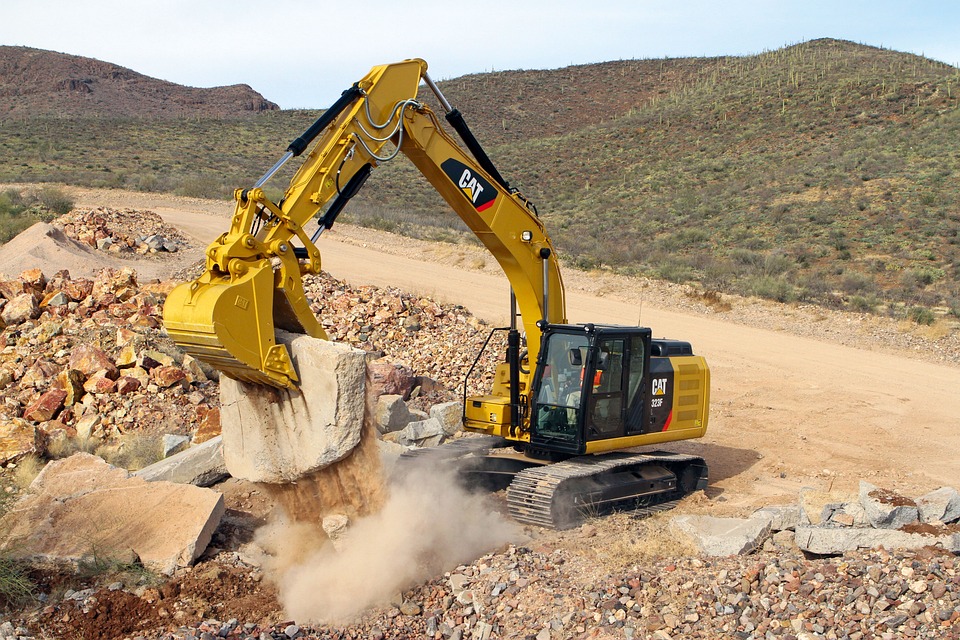Operators of machinery such as excavators, loaders, bulldozers and forklifts often suffer from the effects of noise and vibration because these machines do not have suspension like a car. This means that the operator feels every single bump through whatever surface they are travelling on. The motion of the machine as it performs its task also creates jerky movements which are transmitted to the operator. Smaller machines are often worse than larger machines because they move more violently and are less likely to have air-cushioned seats and enclosed cabs. Couple this with the generally sedate nature of the work, sitting down in the same position for long periods of time, it’s a recipe for illness and pain in the future.
The first step for an operator is to have proper training to help them mitigate the effects by choosing a driving or operating style that meets best practice recommendation. For excavator drivers, they should do excavator operator training. Forklift operator’s require a forklift operator’s certificate. Check in your location for any legal requirements for licencing.
Operators must wear the appropriate PPE (personal protective equipment). To help with vibration, this might include special gloves which help absorb vibration into the hands and arms. While a small amount of vibration can actually help build bone density and muscle mass (vibration training was used by Soviet astronauts), continuous exposure through the hands and arms leads to Hand-Arm Vibration Syndrome (HAVS). Symptoms of HAVS start as tingling or pain, and is aggravated by exposure to cold weather. The vibration can eventually cause changes in the physiology of the operator, including damage to tendons, muscles, bones and cartilage. This can lead to a loss of sensation in the fingers, loss of grip strength, white fingers (altered blood flow), pain and cold sensations in the fingers, and even bone cysts in the fingers and wrists. It is suspected it can lead to Raynaud’s phenomenon by vibration.
Exposure to vibration through the whole body (whole body vibration or WBV) causes spinal degeneration leading to lower back pain, as well as fatigue, headaches and loss of balance. Studies of truck drivers have shown that daily exposure to this type of vibration affects the entire body and is suspected to contribute to musculoskeletal disorders, bowel issues and circulation problems. It is likely to affect the posture, too.
Different frequencies affect the body in different ways. Vibration of 4-8Hz (cycles per second) is likely to cause respiratory complaints, vibration of 8-12Hz is likely to cause back pain and vibration of 13-20Hz is likely to cause headaches, muscle tension and speech disturbances.
Vibration sensitivity varies from person-to-person. While some people are resilient to vibration, the number of affected people increases as the duration and intensity of the vibration increases.
To help with noise, ear muffs or ear plugs can reduce the perceived noise by 30 dB. Prolonged exposure to noise will damage a person’s hearing. In fact, this is important because an excavator can produce 90 dBA of noise, and at that volume, hearing damage can occur in as little as 3 hours. Initial hearing loss will be in the higher frequency range, leading to operators starting to find it difficult to make out conversations. Long term exposure will cause worse hearing loss which will require some kind of hearing aid to mitigate.
Many countries have health and safety laws to minimise workers’ exposure to noise. Management must devise workplace practices that give operators sufficient rest from noise and vibration, and reduce noise as much as is practicable in the workplace. They can choose machinery that produces less noise and vibration, and can design routes that minimise bumpy surfaces. Operators should ensure that they are physically fit and not overweight.



